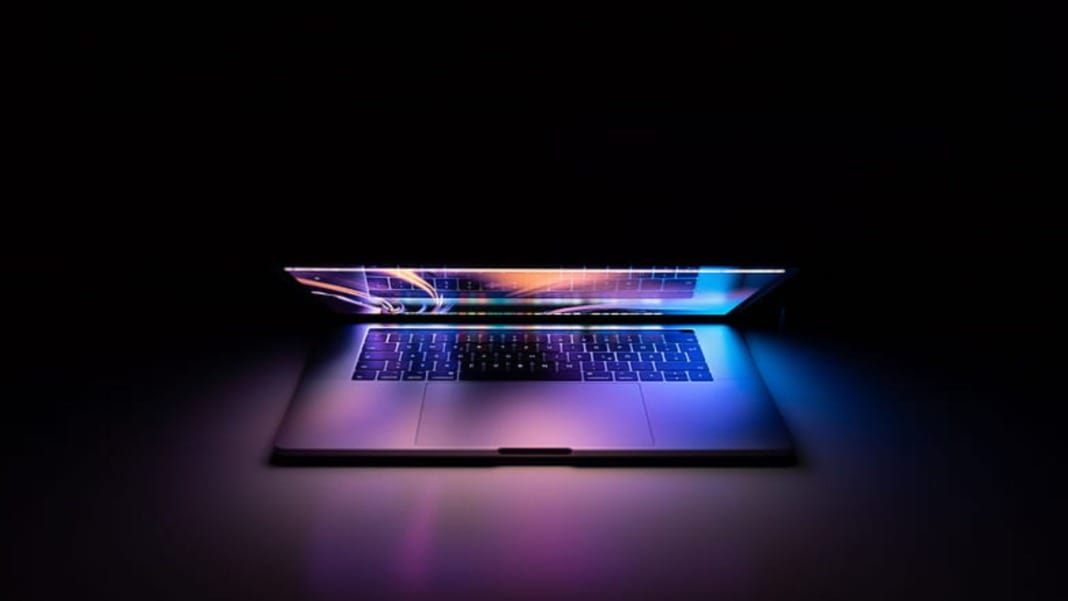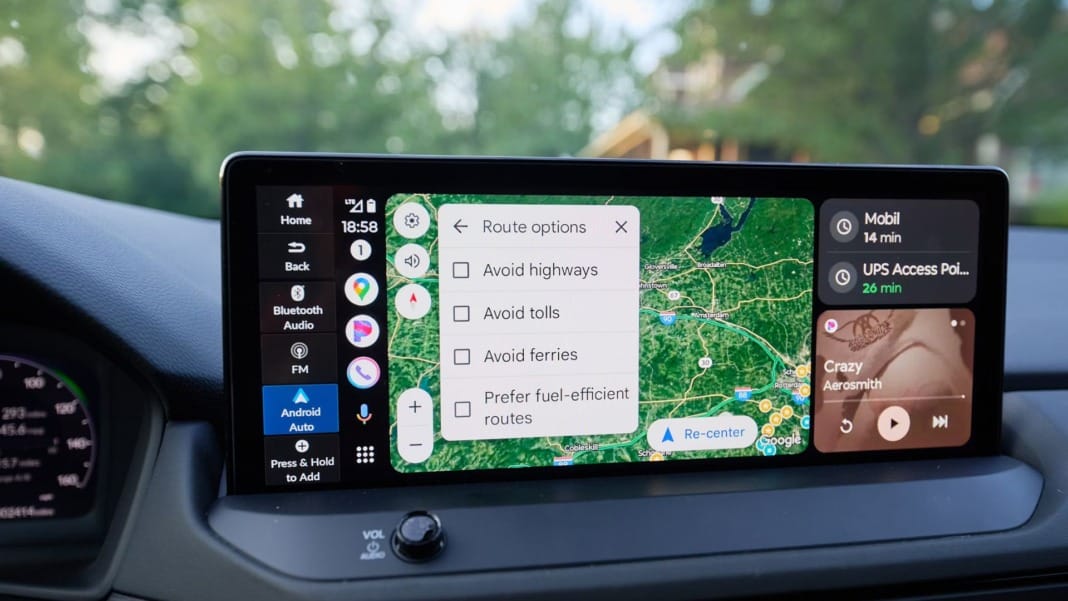Apple has announced that a new set of Macs has been declared obsolete, with some additional models moved to the vintage category. This includes MacBook models dating as recently as 2018, indicating a significant shift in the status of various devices.
New obsolete models
According to reports from 9to5Mac, Apple has updated its list of obsolete and vintage Macs. The models now classified as obsolete include:
- MacBook Air 13-inch (early 2015)
- MacBook Pro 13-inch (2016, with 2 Thunderbolt 3 ports)
- MacBook Pro 13-inch (2016, with 4 Thunderbolt 3 ports)
- MacBook Pro 15-inch (2016)
- MacBook Pro Retina 13-inch (early 2015)
- MacBook Retina 12-inch (early 2016)
- iMac 21.5-inch (late 2015)
- iMac Retina 4K 21.5-inch (late 2015)
- iMac Retina 5K 27-inch (late 2015)
Additionally, the following Macs are now classified as vintage:
- MacBook Air Retina 13-inch (2018)
- MacBook Pro 13-inch (2017, with 2 Thunderbolt 3 ports)
- MacBook Pro 13-inch (2018, with 4 Thunderbolt 3 ports)
Understanding vintage and obsolete classifications
To clarify the distinctions between these classifications, Apple regularly updates its list to reflect the status of its hardware. An “obsolete” designation indicates a product ceased shipping seven years ago. Consequently, Apple and its authorised service partners will no longer supply repair parts for these obsolete Macs.
On the other hand, vintage classification pertains to devices at least five years old. For vintage Macs, repairs and parts may still be accessible, although availability might be limited. This serves as a reminder that the hardware is approaching the end of its life cycle; once a device reaches the seven-year mark, it becomes obsolete.
Implications for users and the push for sustainability
While being labelled obsolete does not imply that you must immediately discard your Mac, it does indicate that finding replacement parts may become increasingly challenging if any components fail. As Apple mentions on its support page, some obsolete MacBooks might qualify for extended battery repairs.
For vintage Macs, users might encounter difficulties sourcing necessary parts, requiring some effort to find replacements. It has been noted that Apple tends to transition older devices out of the ‘fully supported for repairs’ category relatively quickly, especially with a growing emphasis on enhancing hardware longevity for sustainability purposes.
Furthermore, Apple has also phased out older machines about software updates. The latest macOS version, macOS Sequoia, requires newer hardware to function properly. For instance, only MacBook Air models from 2020 onwards are compatible with the new operating system, and iMacs from 2019 or later will also be needed. This restriction means that not all relatively modern Macs can run macOS 15.
In conclusion, Apple’s latest announcements regarding obsolete and vintage Macs highlight the company’s ongoing strategy of phasing out support for older models. While this approach aligns with the development of new technology, it raises important questions about sustainability and the future of hardware longevity in the tech industry.





